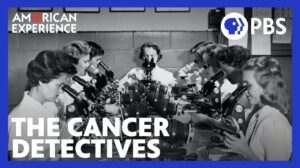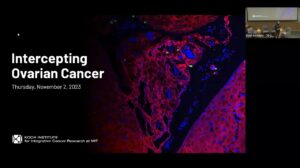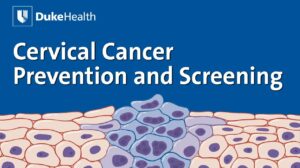NEW YORK (Reuters Health) – Some elderly patients with unresected non-small cell lung cancer (NSCLC) may do better with chemoradiotherapy (CRT) than with radiotherapy (RT) alone. However, low functional status and comorbidities may rule out aggressive treatment, researchers report in a January 12th on-line paper in the European Respiratory Journal.
“The outcome of unresected patients with early stage disease,” Dr. Juan P. Wisnivesky told Reuters Health by email, “remains very poor, despite the use of radiation therapy. Our data suggest that elderly patients treated with modern RT techniques do not benefit from adding chemotherapy. Older patients treated with more simple RT techniques (not frequently used in the US) may be considered for combination with chemotherapy.”
Dr. Wisnivesky of Mount Sinai School of Medicine, New York and colleagues note that almost 20% of these patients are physically unable or are unwilling to undergo surgery. Fewer than 35% or so survive for 2 years after diagnosis.
To gain more information on outcome, the team examined registry data covering 1992 to 2005 on 3,006 patients with unresected stage I-II NSCLC. Survival information for up to 14 years and beyond was analyzed. Propensity score methods were used to balance the study groups.
In all, 844 patients (28%) received CRT and this was associated with improved survival (hazard ratio, 0.85). It was also associated with better survival among stage I patients treated with intermediate complexity RT (hazard ratio, 0.80). No difference was seen among such patients treated with complex RT.
In stage II patients, CRT was associated with improved survival regardless of the RT technique (hazard ratio, 0.61-0.72).
These findings, say the investigators, “suggest that CRT should be considered for unresected stage II elderly patients or stage I cases treated in settings without access to high complexity RT.”
Nevertheless, CRT was associated with increased odds of toxicity. About 26% of patients treated with CRT were admitted to the hospital for at least one severe toxicity compared with 13% of patients treated with RT alone (odds ratio, 2.4).
Summing up, Dr. Wisnivesky added that “Our results highlight the need for other approaches for these patients, given overall poor outcomes.”
“It is important to recognize,” he concluded, “that these results may not apply to younger patients who may be able to tolerate chemotherapy better. Additionally, our data is observational and not from an RCT (although RCTs are not likely to ever be conducted for this indication).”
Source:
Radiotherapy and Chemotherapy for Elderly Patients with Stage I-II Unresected Lung Cancer




